The 10 Biggest IoT Stories Of 2017

IoT In The Headlines
In 2017, the Internet of Things began to trickle into the news headlines more and more. Companies like Intel and Dell revamped their IoT strategies with critical acquisitions, new platforms, and refocused channel strategies.
Meanwhile, IoT security was thrown into the spotlight as the growing number of connected devices paved the way for distributed denial of service attacks and industrial companies became increasingly concerned about the security of their operational IoT technology.
From new IoT features to security risks, here are the top 10 biggest Internet of Things stories in 2017.
Get more of CRN's 2017 tech year in review.

10. Google Cloud IoT Core Platform Public Beta Is Here, Company Says It's A 'Win-Win' For Partners And Customers
Google in September launched the public beta release of its Cloud IoT Core, a fully managed service that was first unveiled in private beta in May. Cloud IoT Core is a tool that manages connected edge devices ingesting data. It has an array of new security features on the device side so that private beta users can verify the ownership of their device keys. Customers can now bring their own device key signed by a Certificate Authority, and Cloud IoT Core can verify that signature using this certificate during the authentication process – giving them more device visibility and management.
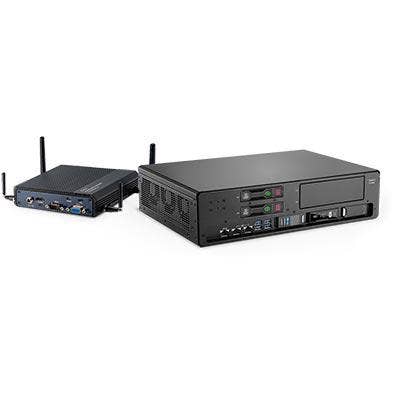
9. HPE Leads The Charge In IoT With New Software-Defined Operational Technology
HPE in June unveiled its HPE Edgeline Services Platform to help partners better manage and control industrial connected systems and networks, including Internet of Things devices, at the edge.
The HPE Edgeline Services Platform is a software foundation that enables partners to deliver applications and services at the edge for connected operational technology devices – which include industrial control systems like programmable logic controls or SCADA systems.
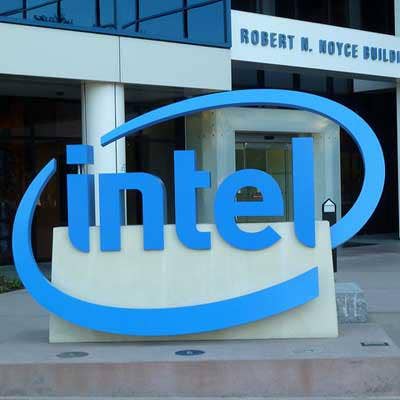
8. Intel Goes On The Retail Internet Of Things Offensive With New Platform For Partners, $100 Million Investment
Intel in January launched a new IoT platform focused on the retail vertical and promised to dish out a blowout $100 million investment in the connected retail industry.
Intel said it will invest $100 million in IoT retail efforts over the next five years through its new Responsive Retail Platform – and the platform will be available through the channel, including Arrow Systems, Bluemetal, and Smartrac.
The platform offers retail hardware, software, APIs and sensors to help retail businesses integrate technologies and find new business insights. With the Intel platform, businesses can monitor real-time, automated actions for their store employees and customers, and significantly reduce costs and time to deploy new store services.
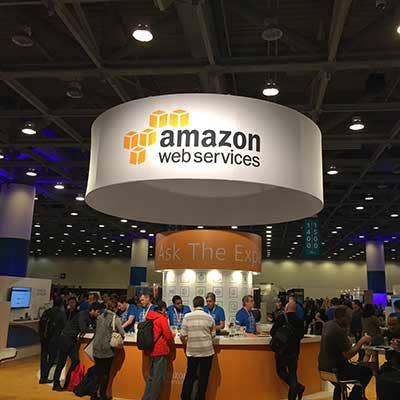
7. AWS Adds New IoT Core Platform Analytics Capabilities, Security Services
AWS in November announced several new features to strengthen its AWS IoT Core platform's security, analytics and management capabilities.
The services announced at the AWS re:Invent conference, including AWS IoT Device Management, AWS IoT Analytics and AWS IoT Device Defender, help customers get started easily with IoT, rapidly onboard and easily manage fleets of connected devices, enforce security policies and analyze data at scale.
AWS also bolstered its capabilities for IoT edge applications with the launch of Greengrass ML Inference, a new feature of AWS' Greengrass edge service that lets application developers add machine learning to their devices, without requiring special machine learning skills.
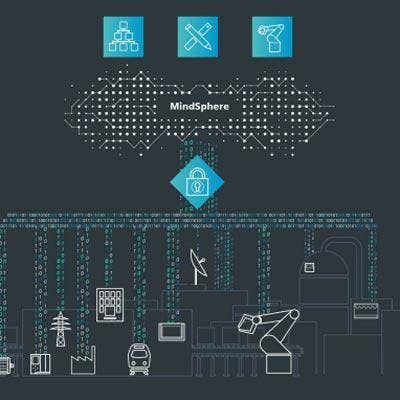
6. Siemens Goes On The Channel Offensive With New IoT Mindsphere Partner Program
Siemens in November launched its Mindsphere partner program as the company ramps up channel efforts around the industrial Internet of Things. The Mindsphere partner program targets a host of partners, including systems integrators, app developers, software companies, consulting companies, operational technology hybrid partners and technology partners.
The program is based on a three-tier model, including Platinum, Gold and Silver levels, and provides partners with sales and technical training, marketing investment and resources, deeper access to developer kits, and a partner portal that will be launched in the future.

5. Massive DDoS Attack On U.S. College Throws IoT Security Into The Spotlight – Again
A Distributed Denial-of-Service attack on an unnamed U.S. college in February, which was recently made public by web application security company Incapsula, put Internet of Things security into the spotlight once again.
Incapsula said the college's network was affected by the massive attack for "54 hours straight," indicating that the offenders are becoming more adept at launching application-layer assaults on vulnerable IoT devices. According to Redwood Shores, Calif.-based Incapsula, the DDoS bots used in the attack were hiding behind different user agents than the five hard-coded in the default Mirai version. The attack may have exploited open telnet ports and TR-069 ports on the vulnerable IoT devices, said Incapsula.

4. Armis: Bluetooth Vulnerability Leaves 5 Billion IoT Devices Open To 'BlueBorne' Malware Attack
Armis announced a new vulnerability leaving IoT devices open to a Bluetooth cyber attack dubbed "BlueBorne."
Armis, which announced the vulnerability in September, said that as many as five billion Android, iOS, Linux and Microsoft devices could be left vulnerable – meaning that hackers could take over the devices, spread malware, or gain access to critical data and networks.
Armis said that BlueBorne is "the most serious Bluetooth vulnerability identified to date," because the exploit can take place at the implementation level as opposed to the protocol level – meaning that the vulnerabilities bypass authentication methods and enable hackers to overtake the device completely.
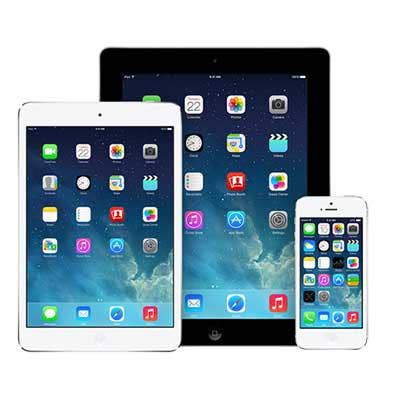
3. Apple Teams With GE To Outfit iPhones And iPads With Industrial IoT Apps
Apple and GE in October announced a new partnership aimed at getting industrial IoT apps onto Apple's popular mobile devices.
The partnership extends Apple's efforts to engage with the enterprise space while also furthering GE's major industrial IoT initiative. The companies said GE's industrial IoT platform, Predix, will now be available for use with development of apps for iPhone and iPad via the new Predix software development kit (SDK).
The Predix SDK for iOS became available Oct. 26.
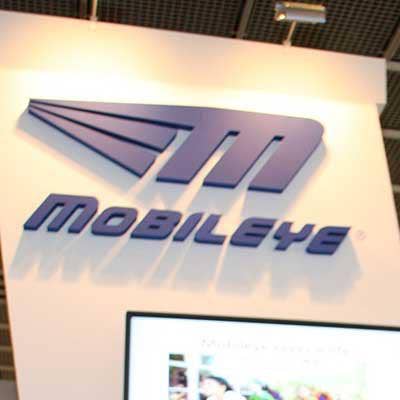
2. Intel Drives Roadmap For Connected Cars With $15.3 Billion Mobileye Acquisition
Intel in March announced it will acquire Mobileye in a $15.3 billion acquisition, deepening the chip manufacturer's capabilities around connected cars.
Intel CEO Brian Krzanich said Mobileye, which manufactures chip-based camera systems for automated systems in connected cars, will help Intel accelerate its efforts around computer vision, localization and mapping, machine learning and artificial intelligence in the autonomous vehicle space. Israel-based Mobileye comes with a portfolio loaded with tools for advanced driver assistance systems, from surround vision, sensor fusion, mapping, and driving policy products for car OEMs like Honda, BMW, and Volvo.
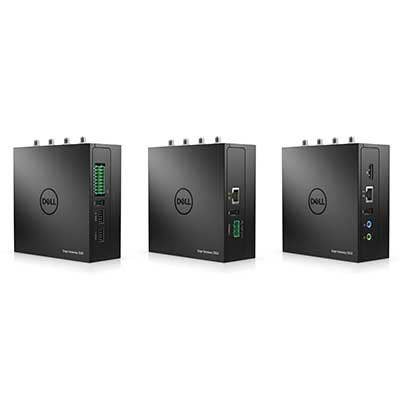
1. Dell Technologies Launches A New IoT Division And Partner Program Amid 'Great Boom' In Edge Computing
Dell Technologies introduced a new division in October focused on the development of Internet of Things products, as well as a new IoT partner program as the market for edge computing continues to heat up. Round Rock, Tex.-based Dell said it's committed to investing $1 billion in its IoT initiative in the next three years, including the new products and partner program. The new Dell Technologies IoT Division will be headed by VMware Chief Technology Officer Ray O'Farrell. The division will build on Dell's work so far in the IoT space, which has included the launch of IoT gateways and the enhancement of Dell EMC PowerEdge C-Series servers to enable IoT applications.